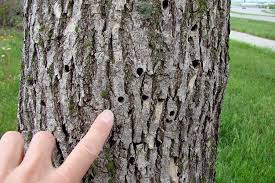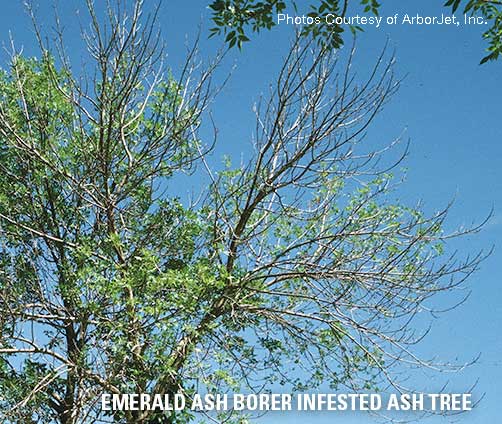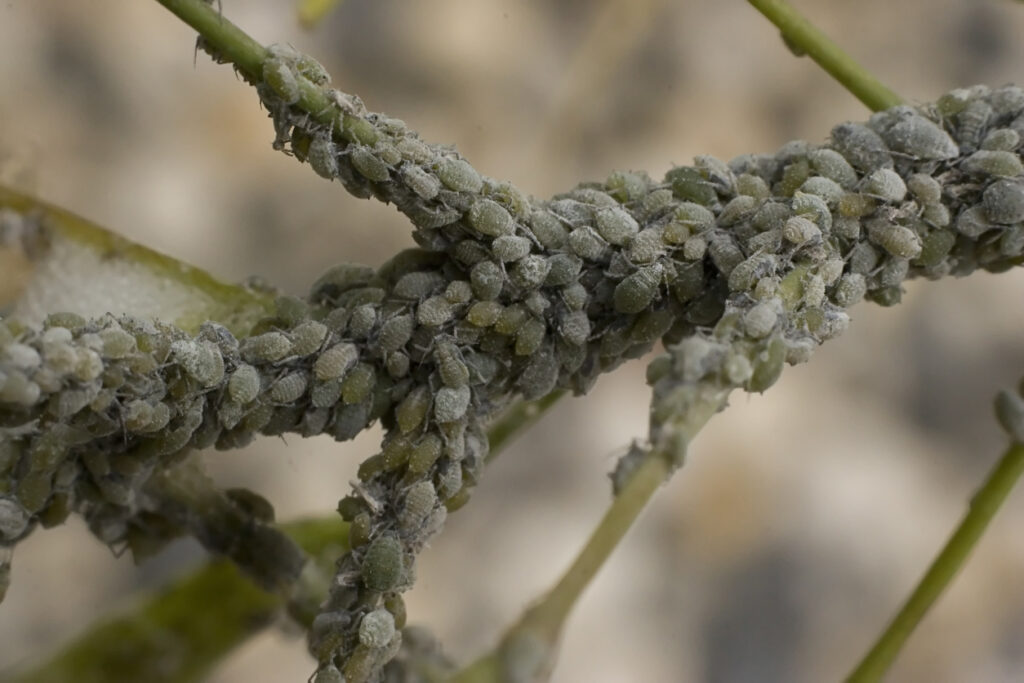Trees and Shrubs
Tree / Shrubs Insecticide: May, July & October : spray all trees and shrubs to kill spiders Earwigs, Aphids and Boxelder bugs. We try to do the Insecticide every 4 to 5 weeks . we do a spider barrier for FREE if you have a full tree program.
Why is emerald ash borer a problem?
What does emerald ash borer do to trees?


The emerald ash borer insecticides must be injected into the tree. This requires specialized application equipment, such as illustrated and must be done professionally. These trunk-injected insecticides can provide control for at least two years.
When Should ash trees be treated for emerald ash borer?
We treat our client’s ash trees using a trunk injection containing. This treatment process usually begins in late June or early July depending on the weather. According to university research, most EAB larvae begin actively feeding in ash trees around mid-July in this part of the country.
What are Tree Aphids?
These tiny, soft-bodied, pear-shaped insects can be almost any color. Aphids on tree foliage and shoots feed by sucking fluid from the tree through a slender mouthpart called a proboscis. … When enough aphids are feeding on the tree, this honeydew will begin dripping from the leaves.

When should you spray trees for aphids?
Apply the oil in the dormant season to kill any overwintering eggs Or there are insecticides that can be applied to the tree to treat for aphids.
How long does an aphid infestation last? Systemic pesticides
When the aphids consume the pesticide they will die. This process can take between two to four weeks depending on the product used and the size of the tree.
How do you treat a cottony maple scale?
The time to treat the cottony maple scale is just after the eggs have hatched in early July. Two treatments 10 days apart are usually needed. Treatments as late as late July are effective if a thorough application to lower leaf surfaces is achieved.
What is a scale on maple trees?

The cottony maple scale is a large, flat, brown scale insect found on the twigs and branches of various trees. White, cottony egg masses that resemble popcorn are its most distinguishing feature.
